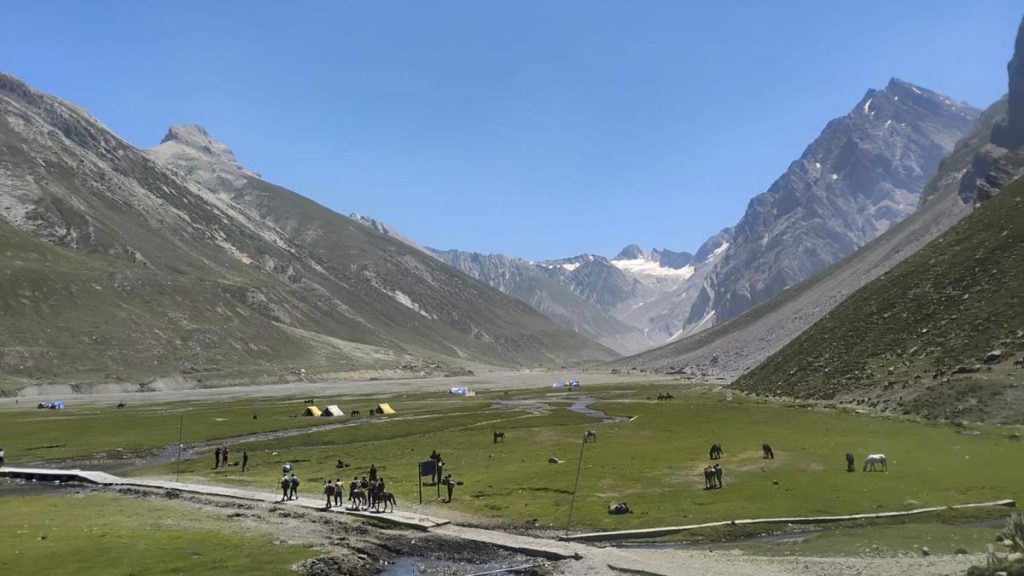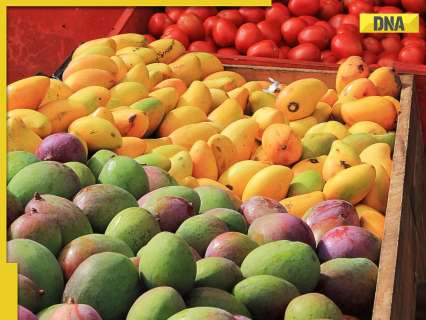Now Reading: Study Highlights Variations in Soil Carbon Across Vegetation Types
-
01
Study Highlights Variations in Soil Carbon Across Vegetation Types
Study Highlights Variations in Soil Carbon Across Vegetation Types

Fast Summary
- Wetlands serve as critical ecosystems that perform carbon sequestration,water purification,climate regulation,and biodiversity maintenance.
- A research team led by Prof.Han Guangxuan at the Chinese Academy of Sciences (CAS) conducted studies on coastal wetland ecosystems in the Yellow River Delta.
- Experiments on genotypic richness of Phragmites australis revealed:
– Higher genotypic richness negatively impacted soil bacterial diversity and overall ecosystem multifunctionality due to inter-genotypic competition.
– Under higher function thresholds (80%), increased genotypic richness reduced the number of ecosystem functions reaching peak performance levels.
- Results from a precipitation gradient manipulation showed:
– Wetlands acted consistently as CO₂ sinks with net ecosystem exchange reducing atmospheric CO₂.
– Increased precipitation supported perennials like phragmites australis,boosting biomass and primary productivity; lower precipitation stressed plants and allowed salt-tolerant annuals like Suaeda salsa to thrive with reduced productivity.
- Soil salinity changes triggered by groundwater depth influenced plant diversity:
– Shallower groundwater led to higher salinity levels favoring aboveground biomass dominance but lowered species diversity.
- Soil organic carbon (SOC) levels varied significantly across vegetation types within wetlands:
– Suaeda salsa-dominated mudflats had the highest SOC; areas dominated by Phragmites australis had the lowest.
For further details: Read More
Indian Opinion Analysis
this study provides meaningful insights applicable beyond China, including IndiaS expanse of wetland ecosystems such as Sundarbans or Chilika Lake. It underscores how wetlands serve vital ecological functions amidst growing climate challenges. The findings demonstrate how plant composition shifts due to environmental stressors like precipitation or soil conditions can directly impact carbon dynamics-a critical element in combating global warming.India’s wetlands face similar pressures: erratic monsoons, agricultural runoff-induced salinity fluctuations, and encroachment threaten biodiversity resilience. Policymakers may benefit from lessons about balancing native vs. introduced vegetation types because high plant genotypic richness could unintentionally disrupt ecosystem functionality if not strategically managed. The observed link between soil properties (salinity/SOC content) and vegetation underlines an urgent need for integrated wetland management strategies combining hydrology control with biodiversity conservation.
Given India’s pivotal role in hosting migratory biodiversity hotspots dependent on wetlands-these findings call for continuous monitoring systems akin to those at Yellow River Delta Field Station for guiding decision-making at local scales.
For context-specific exploration: Read More
























